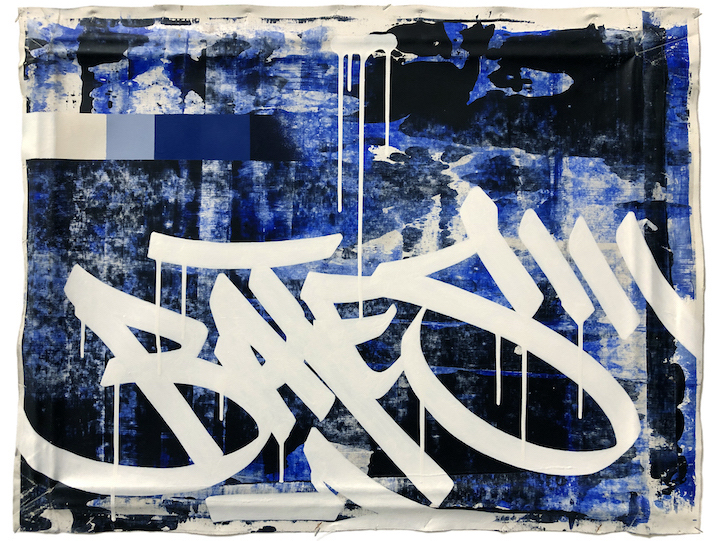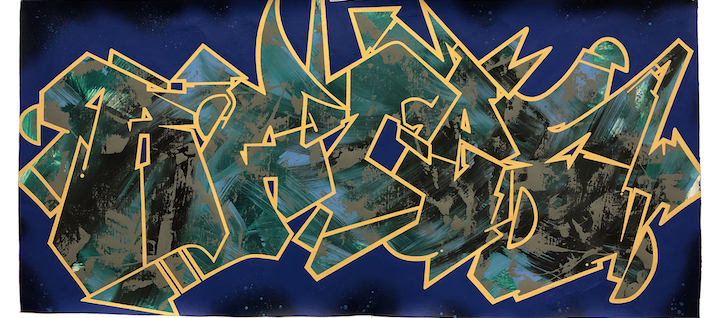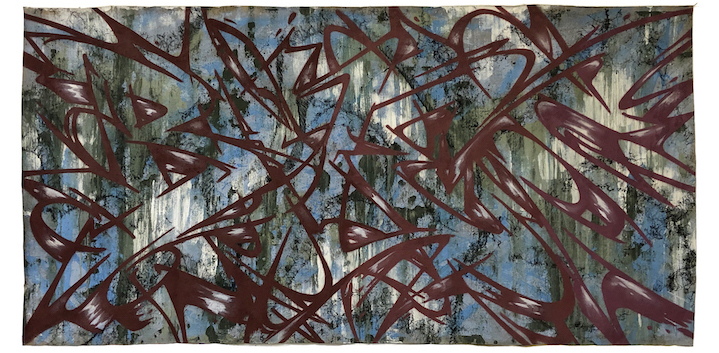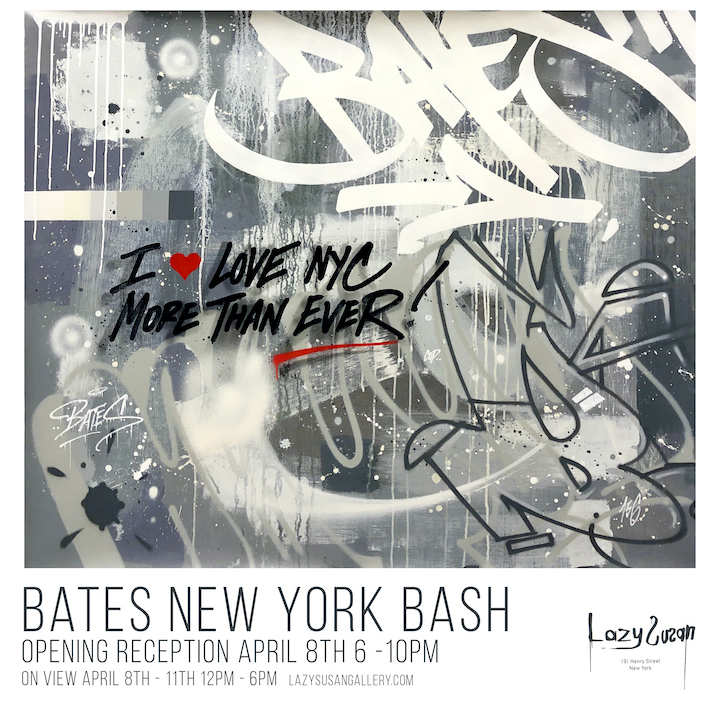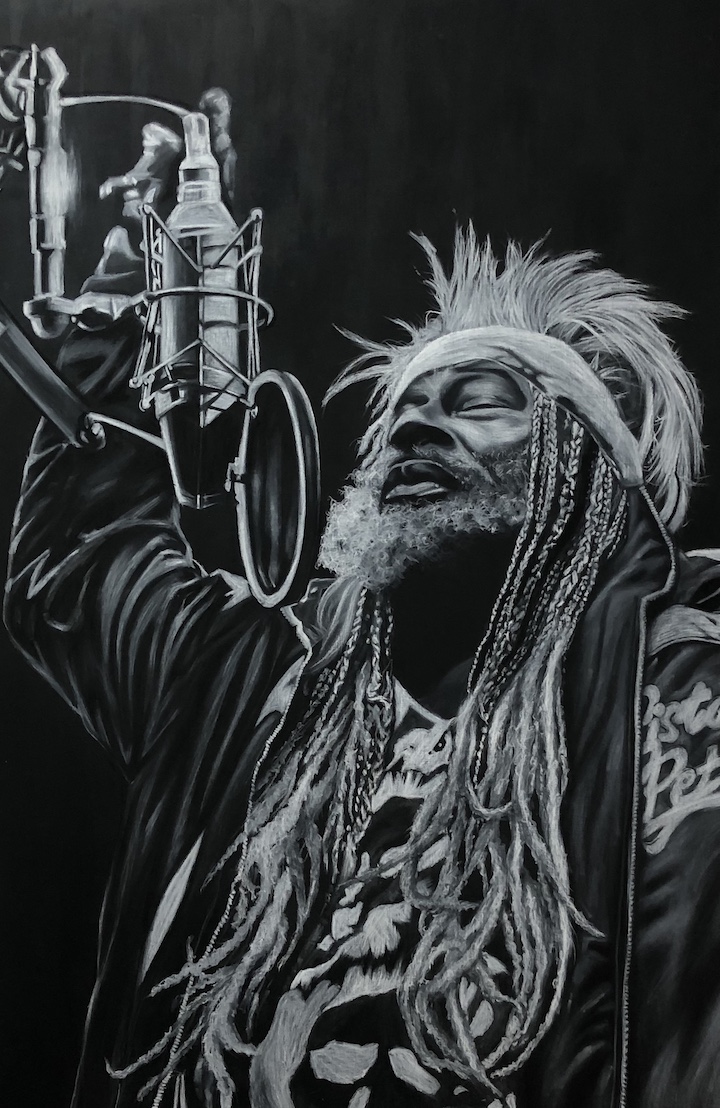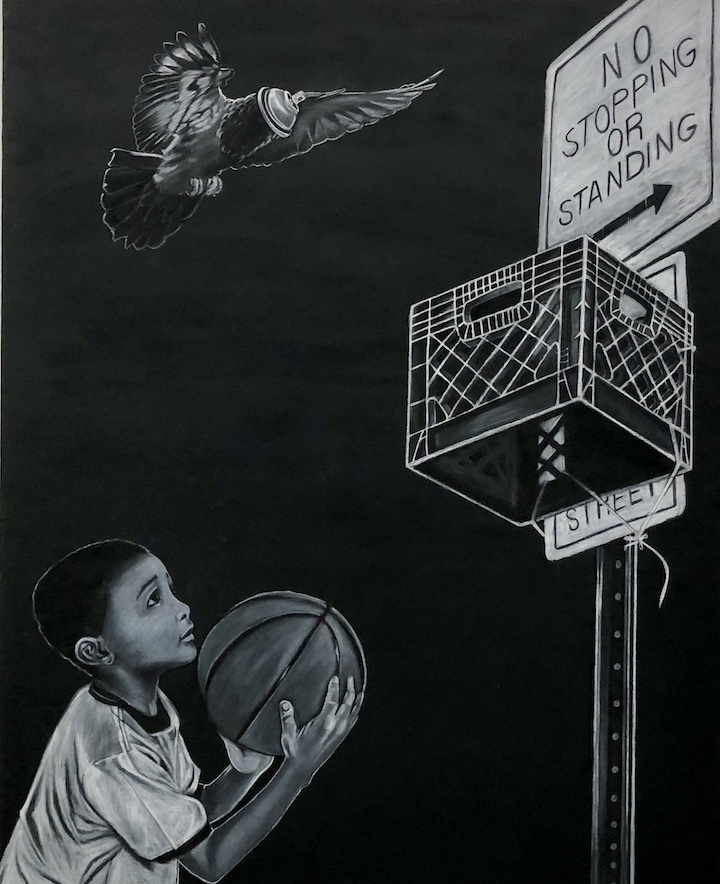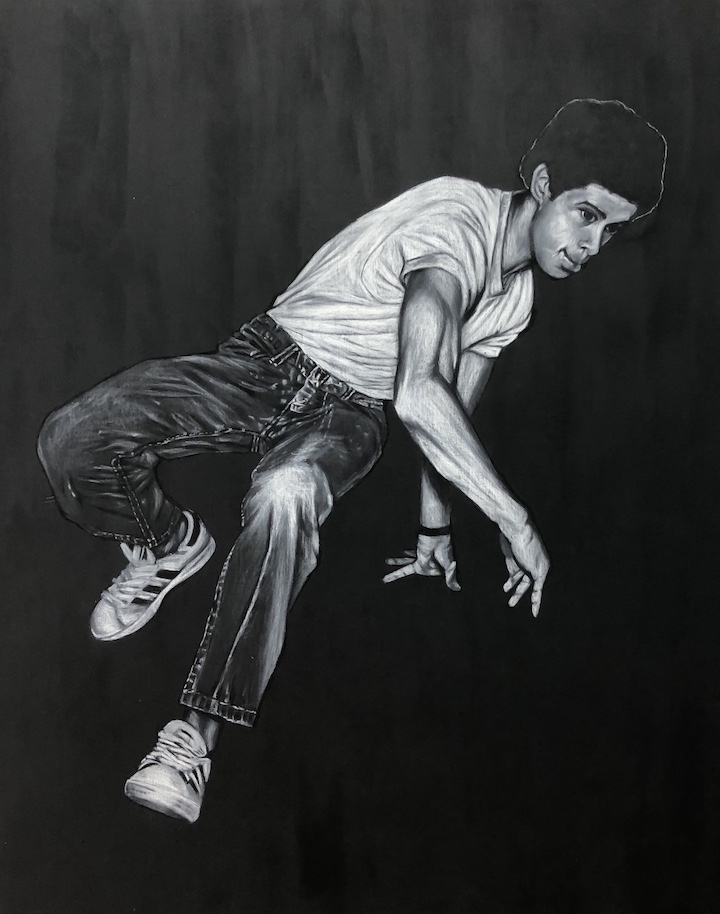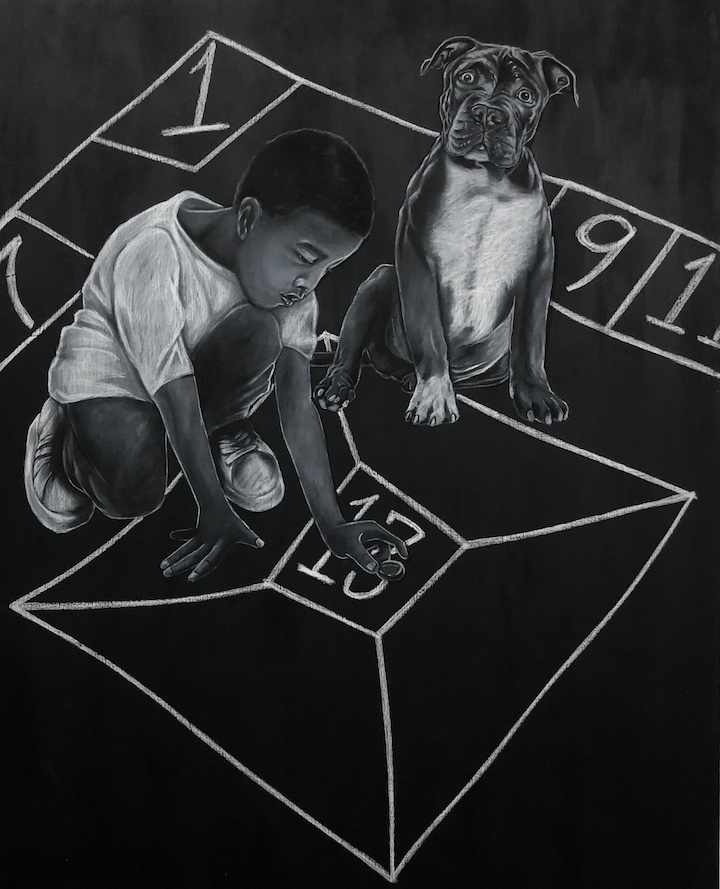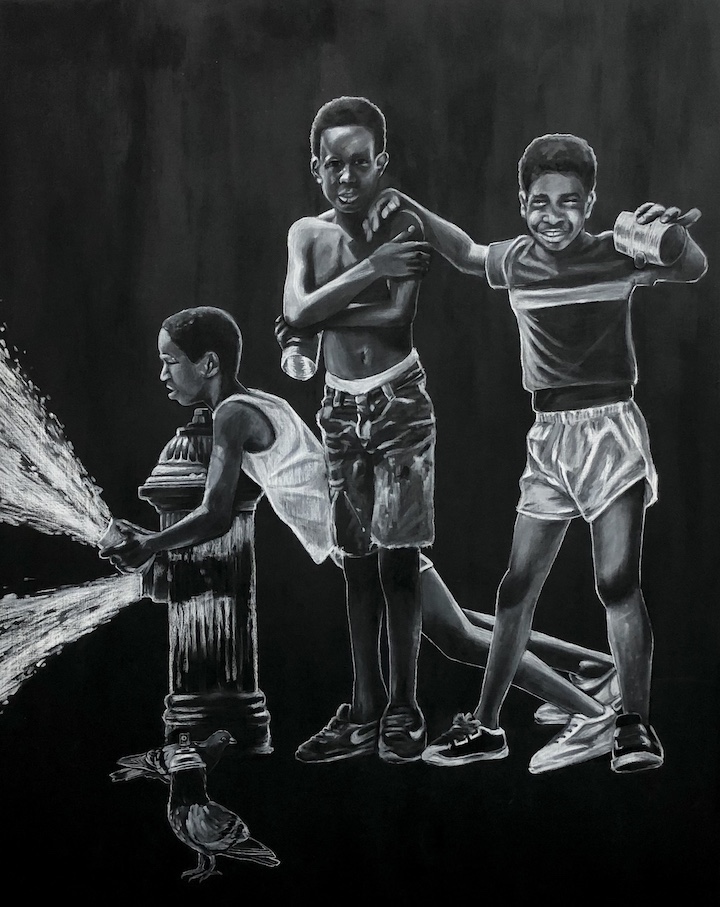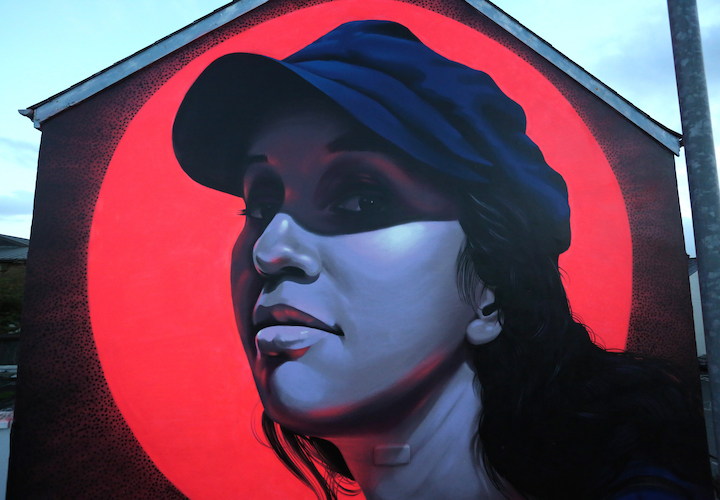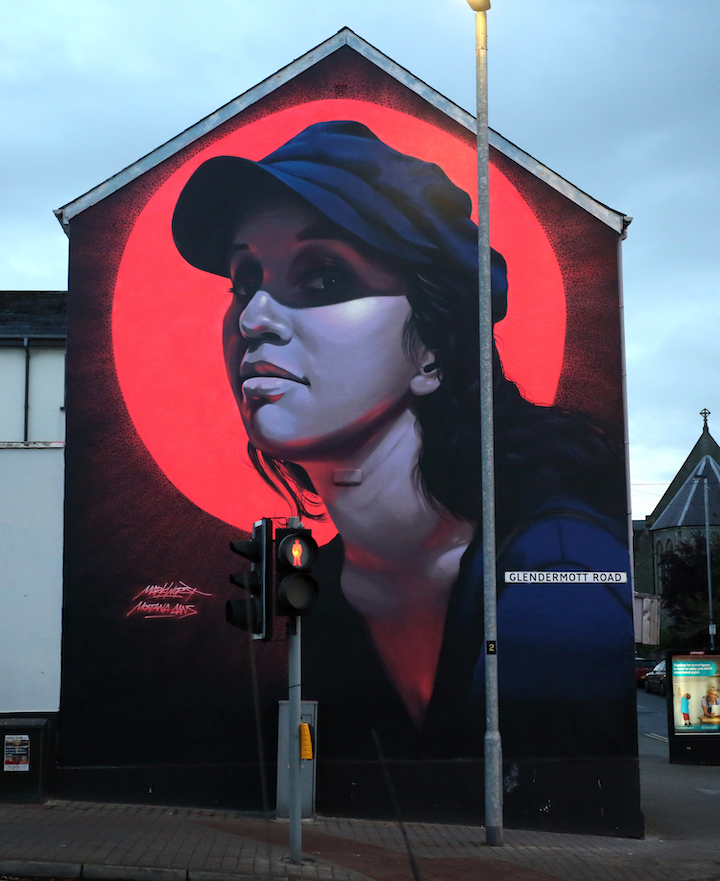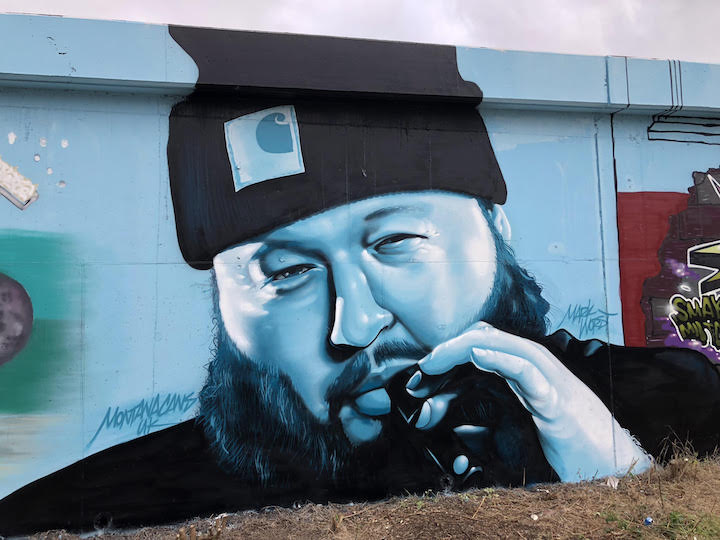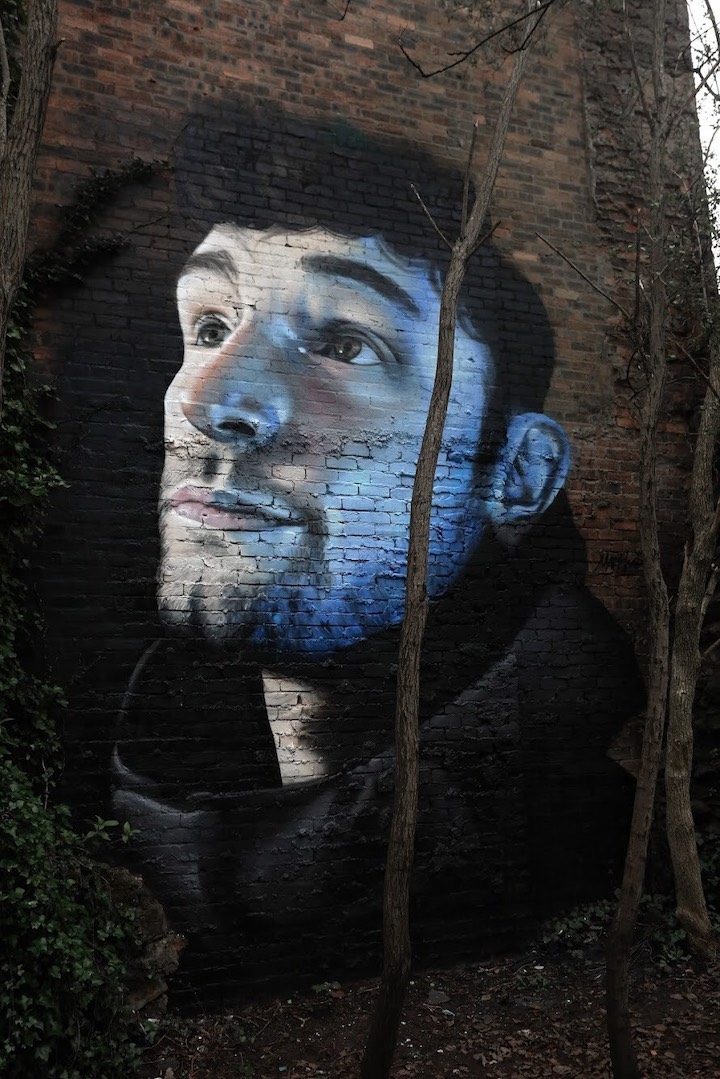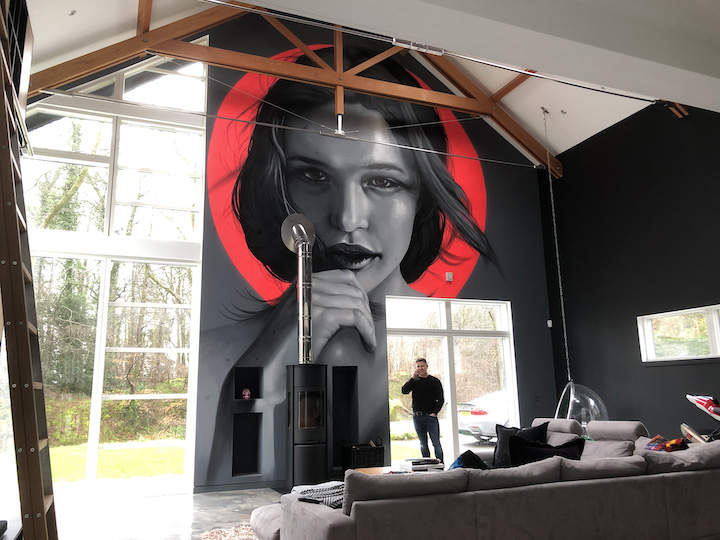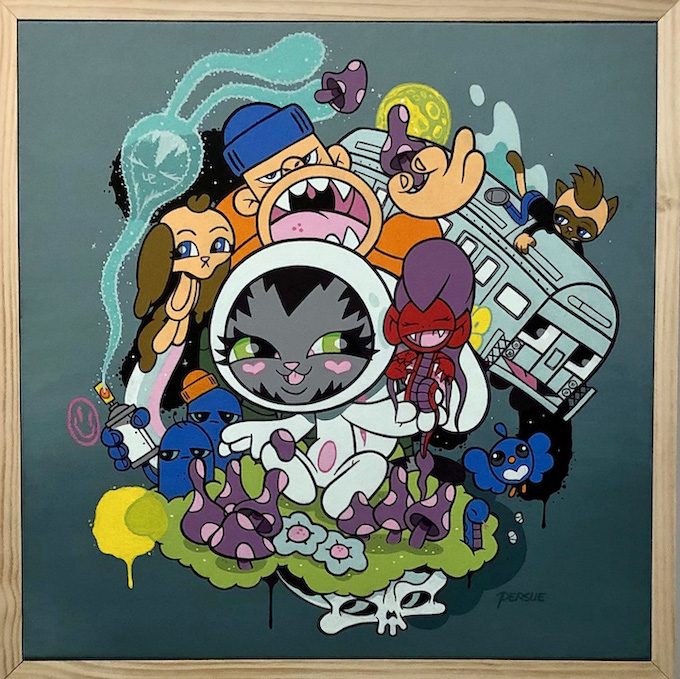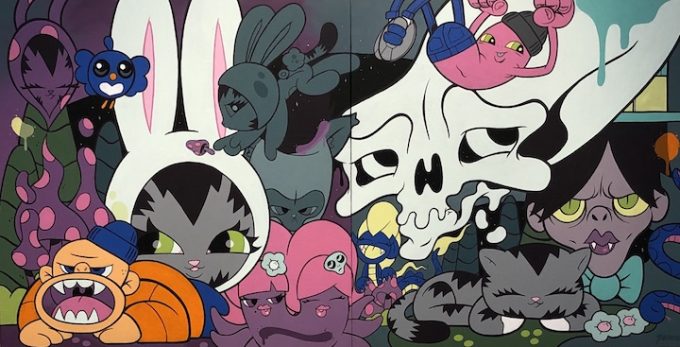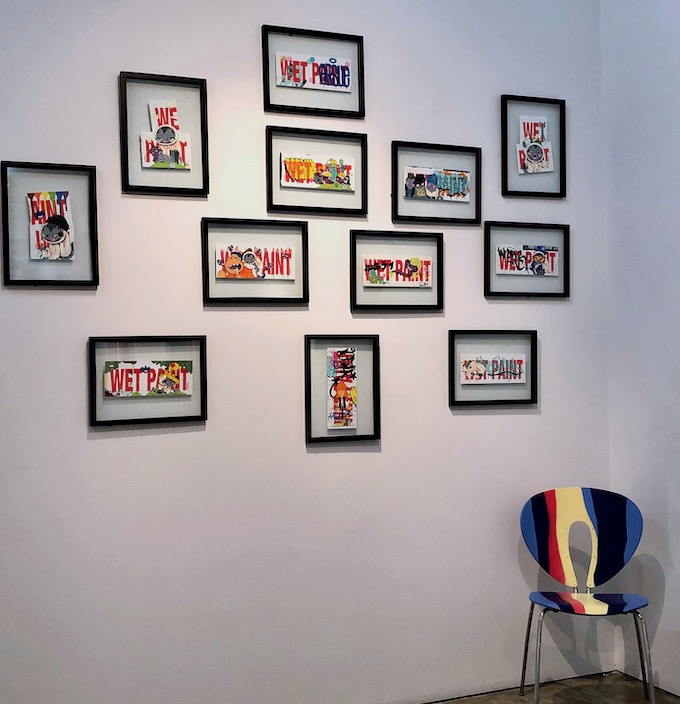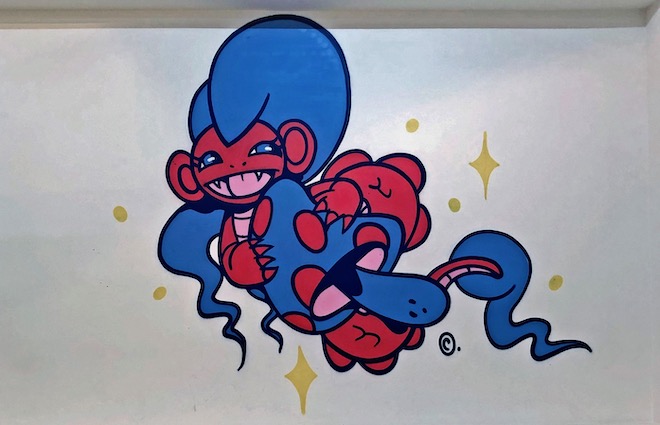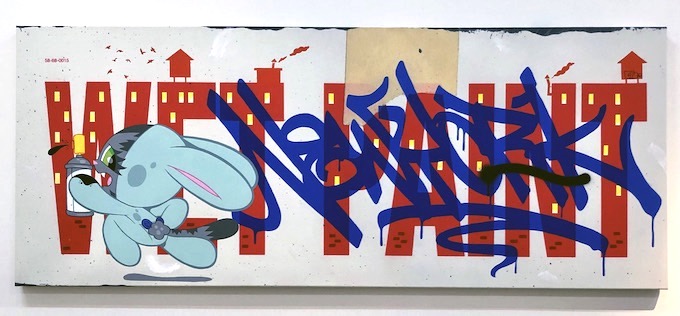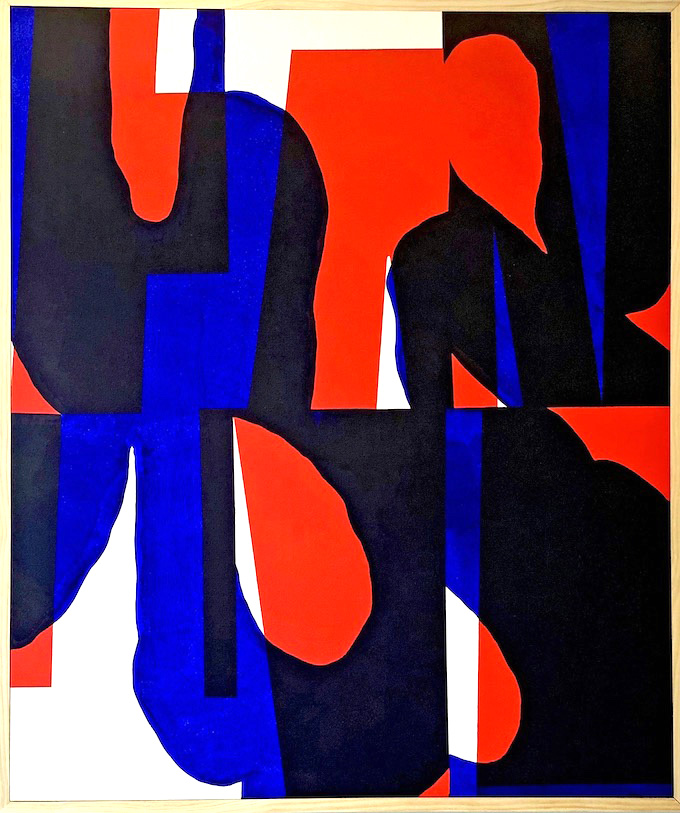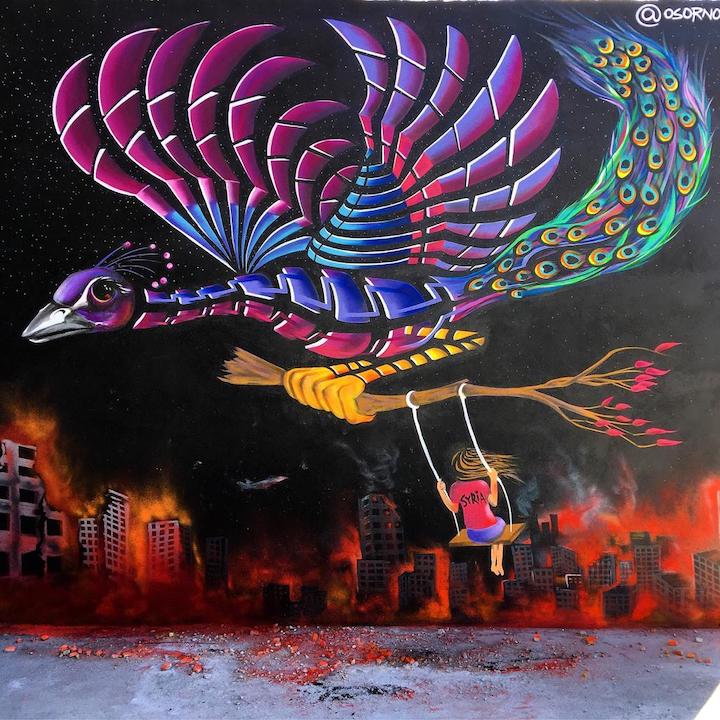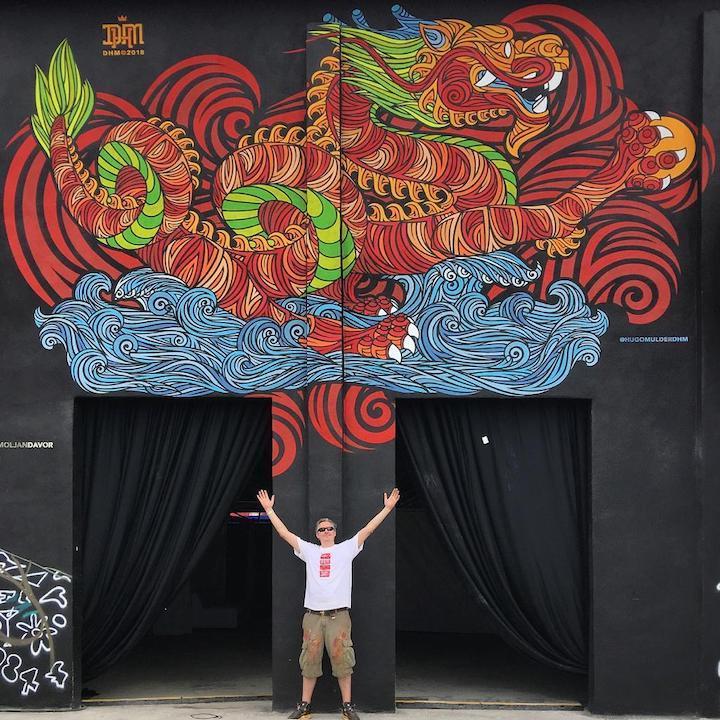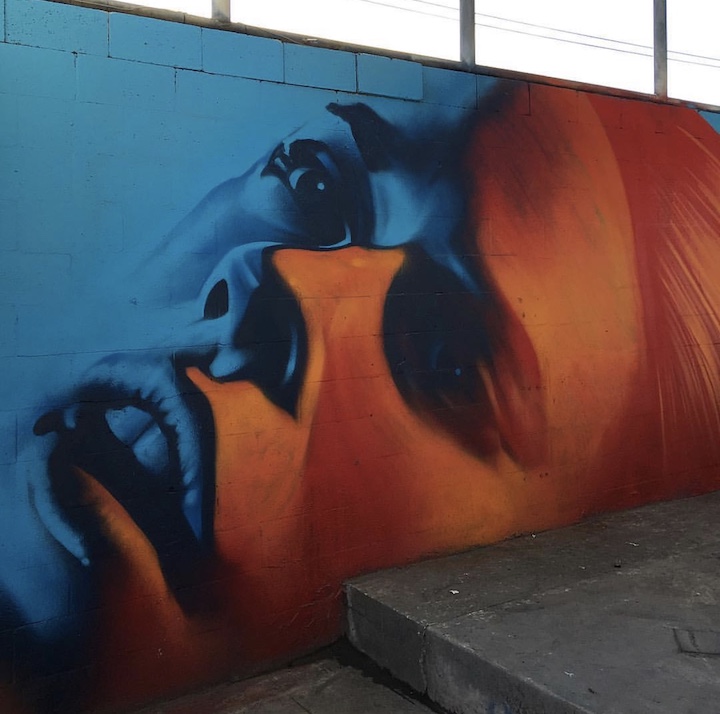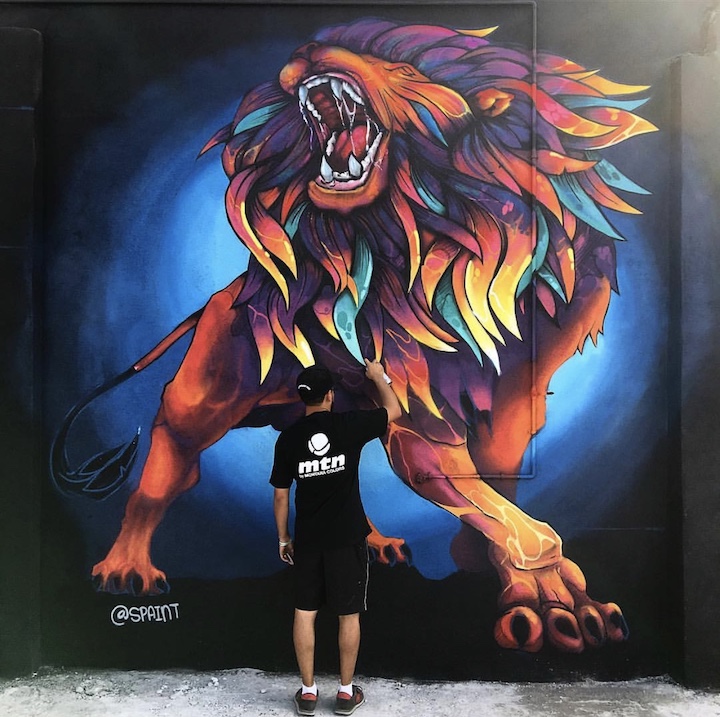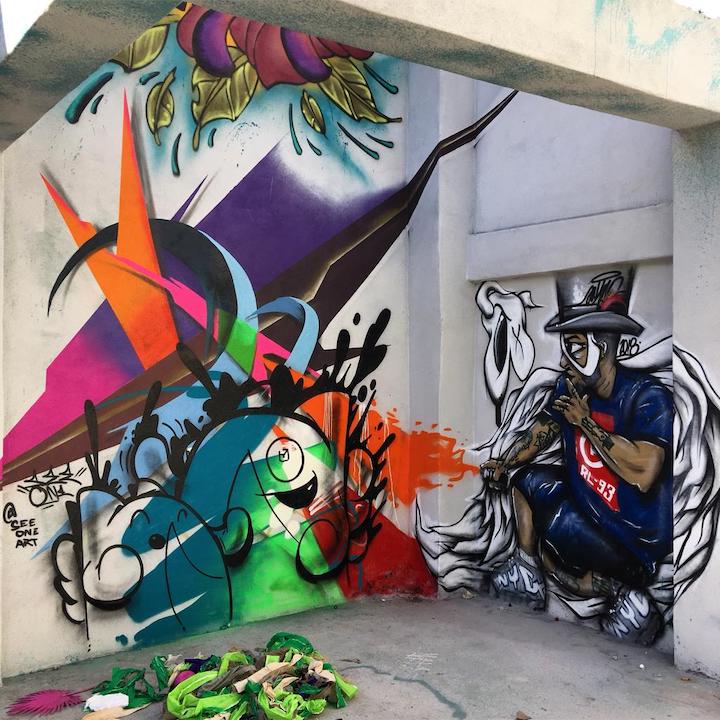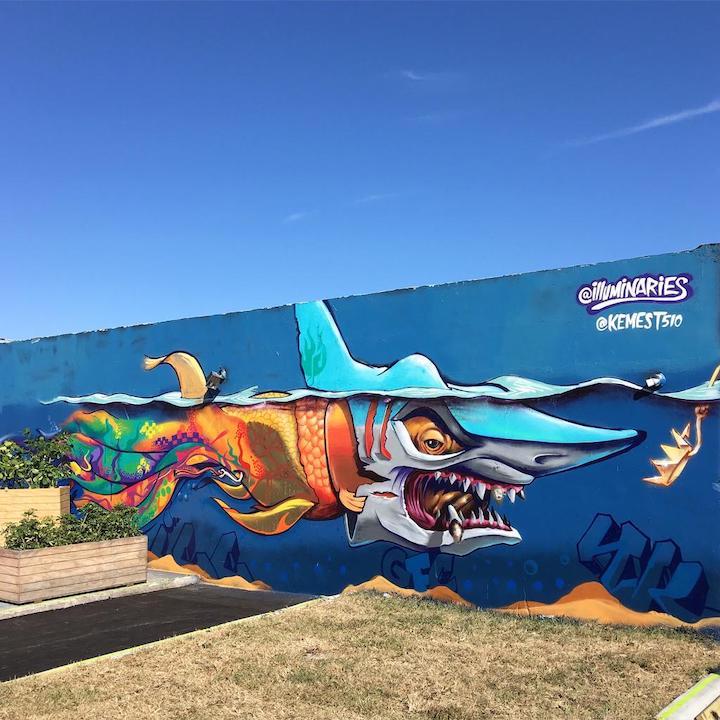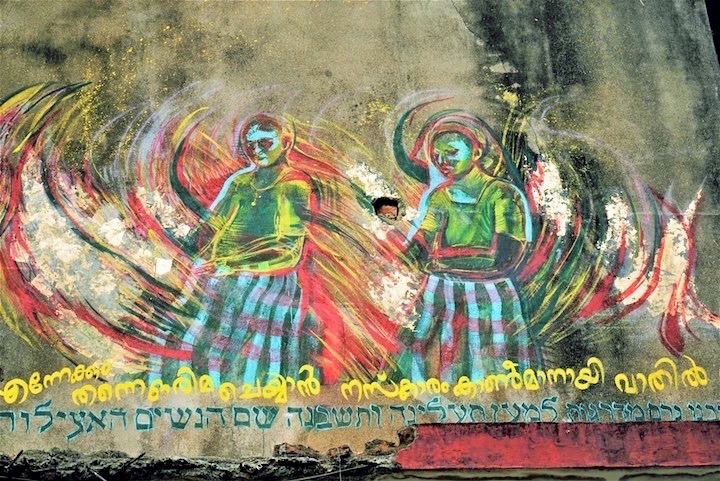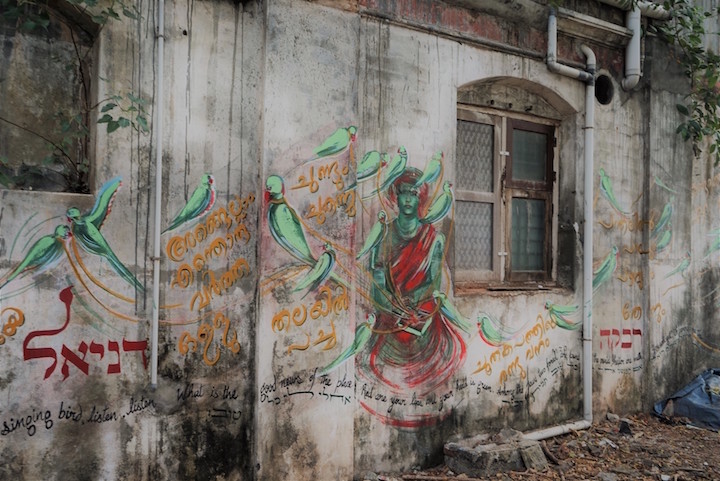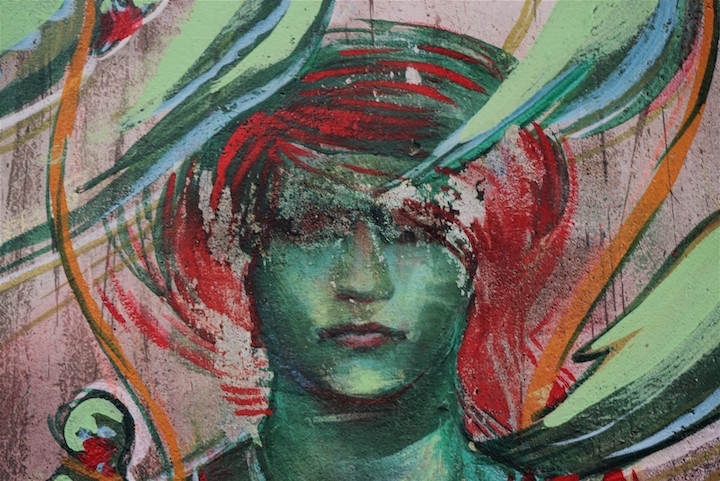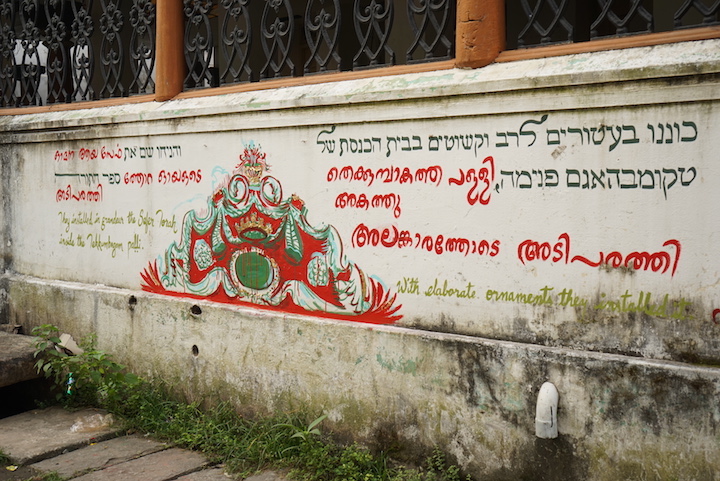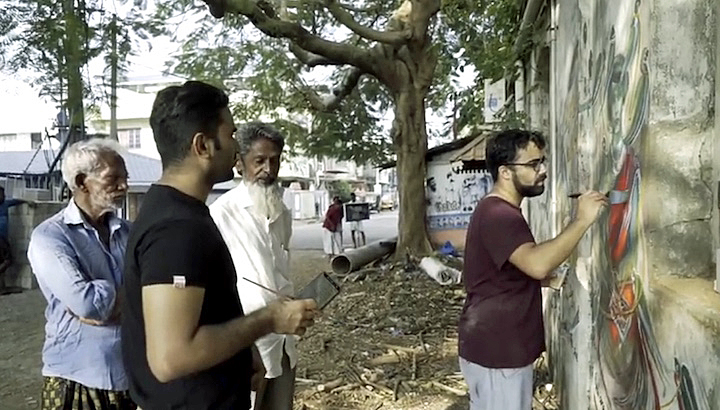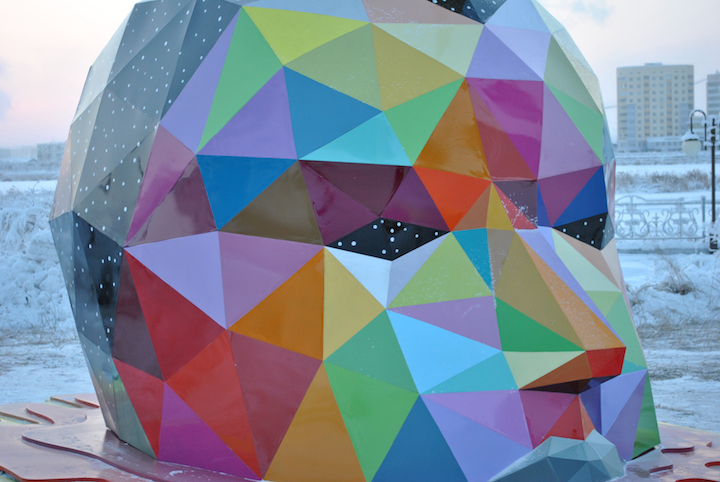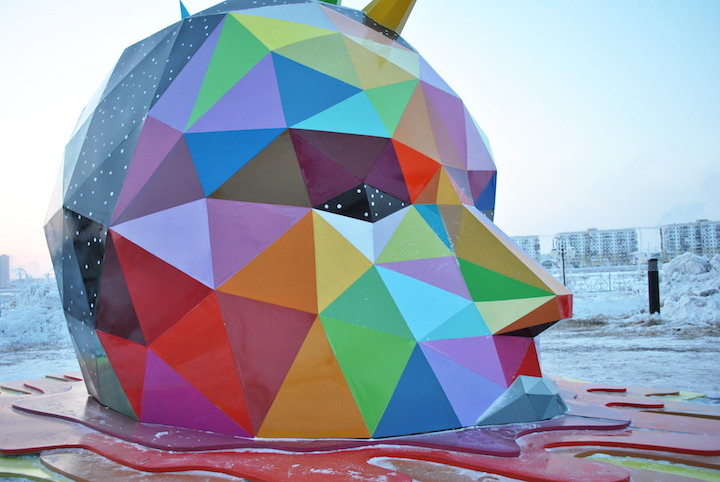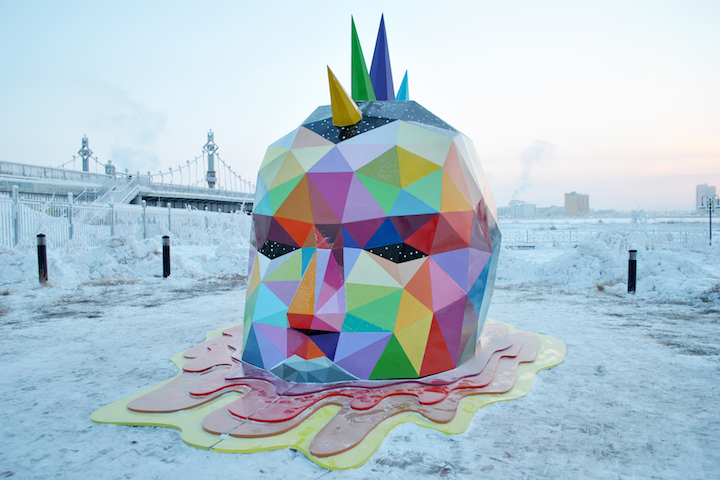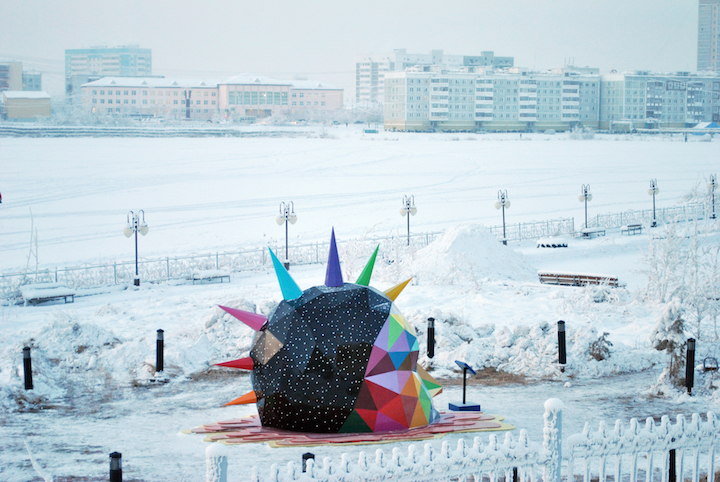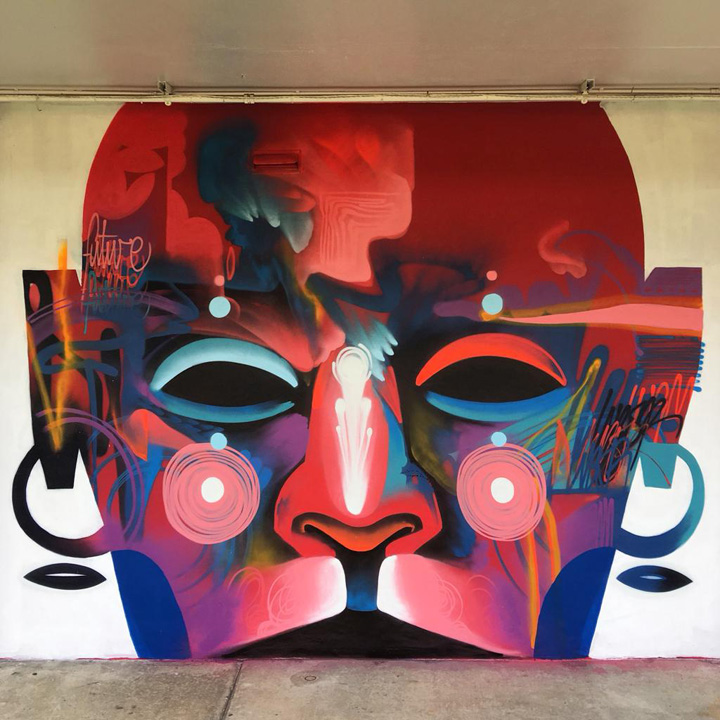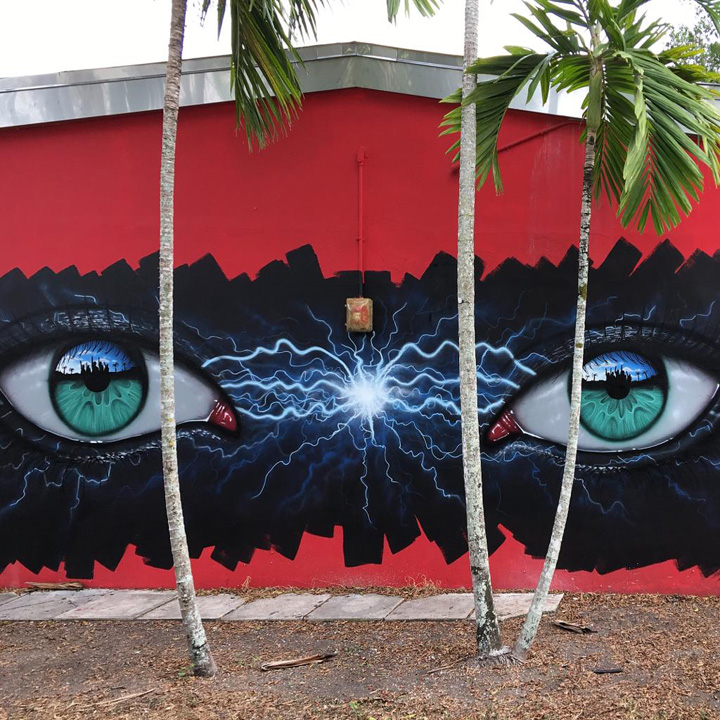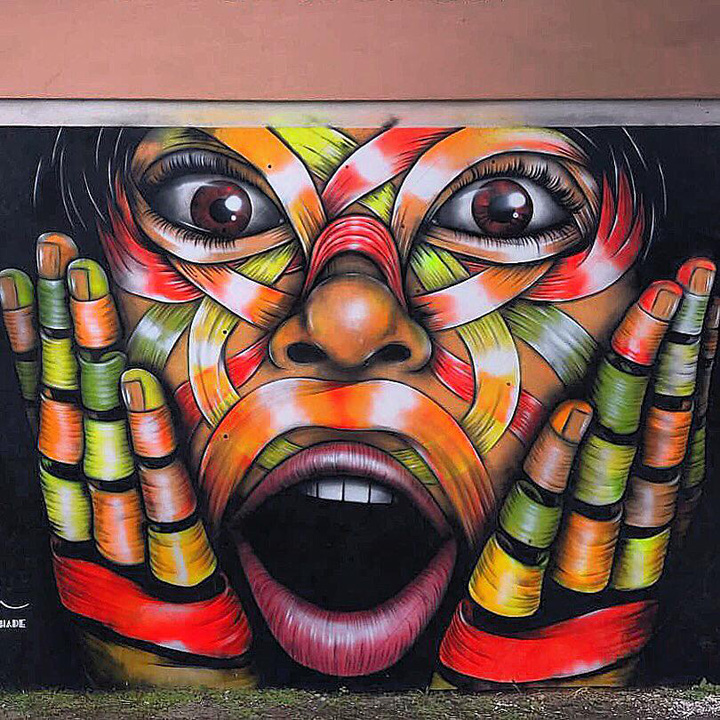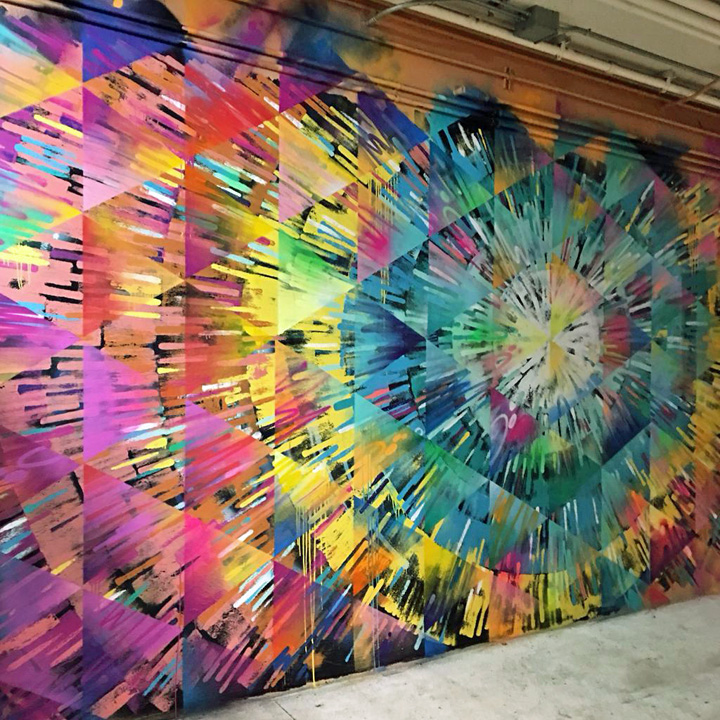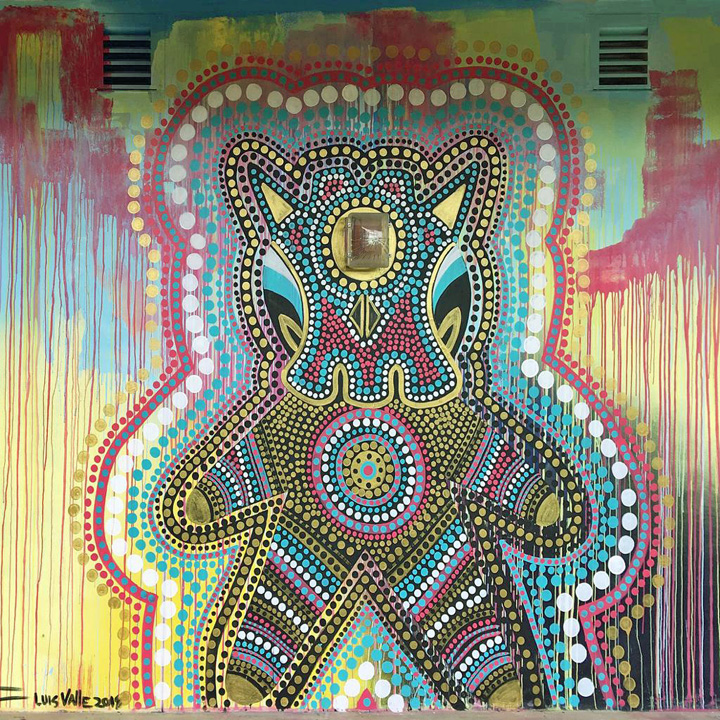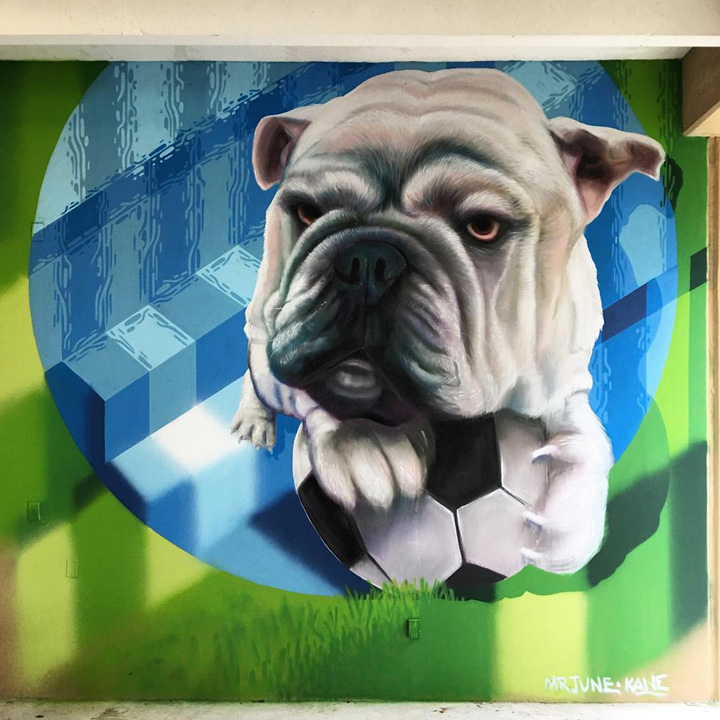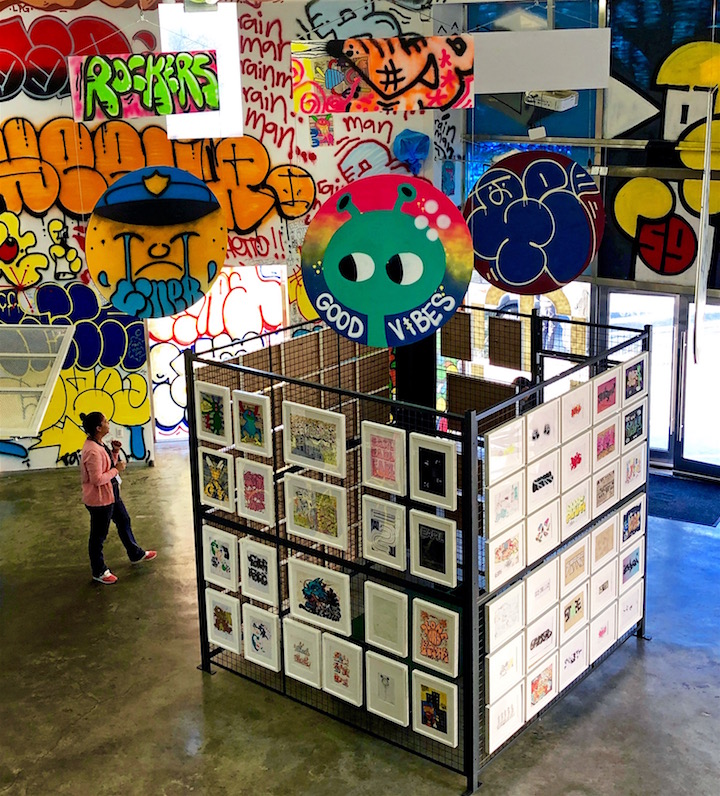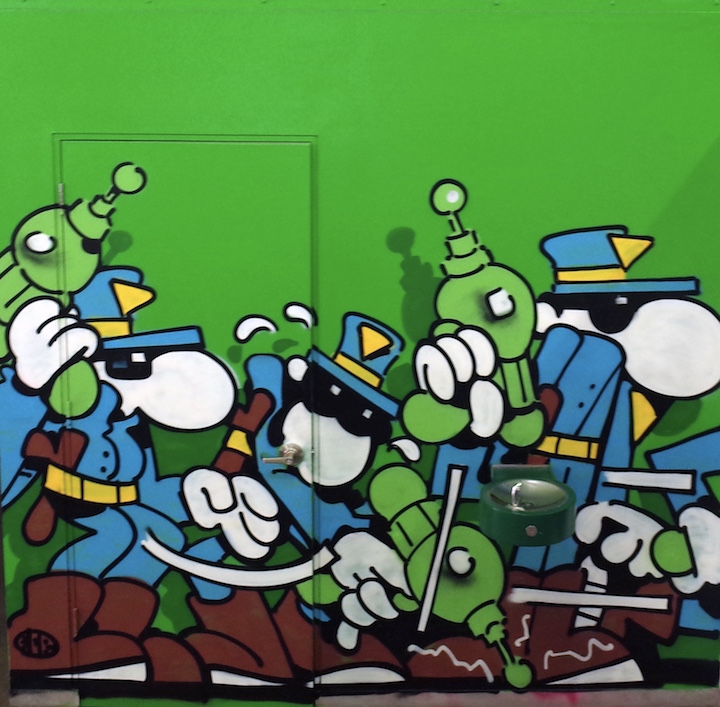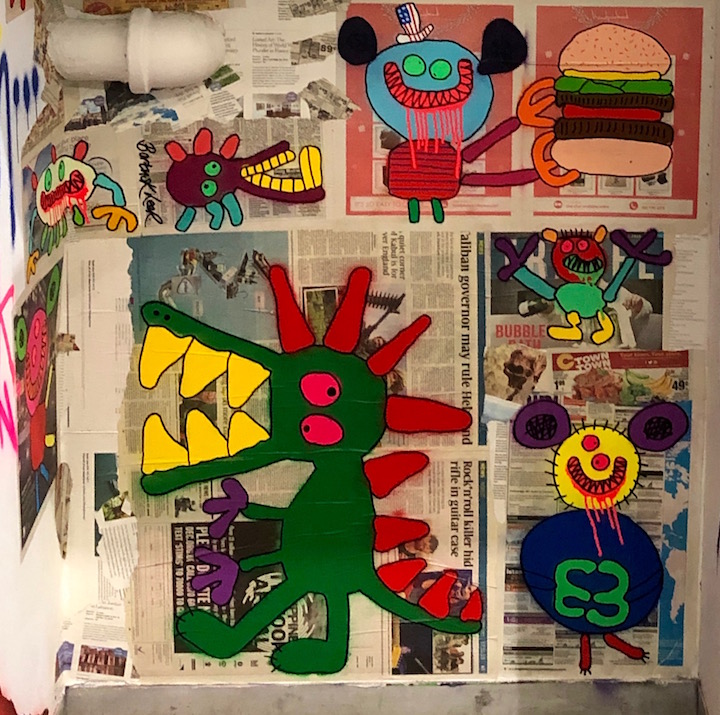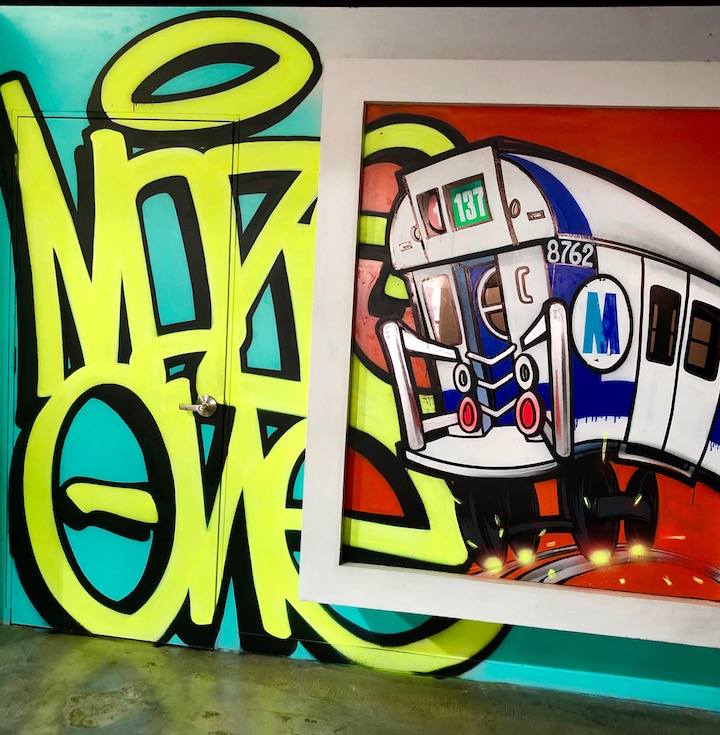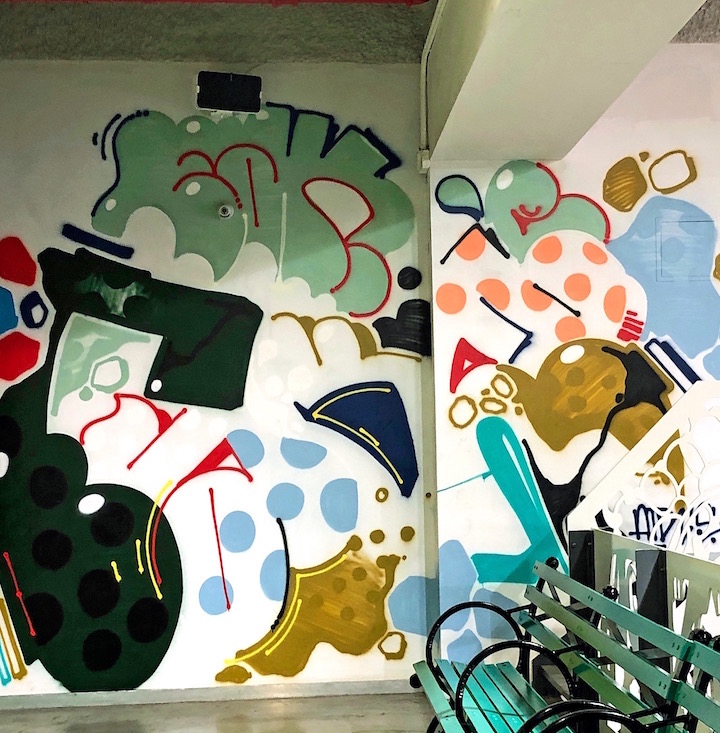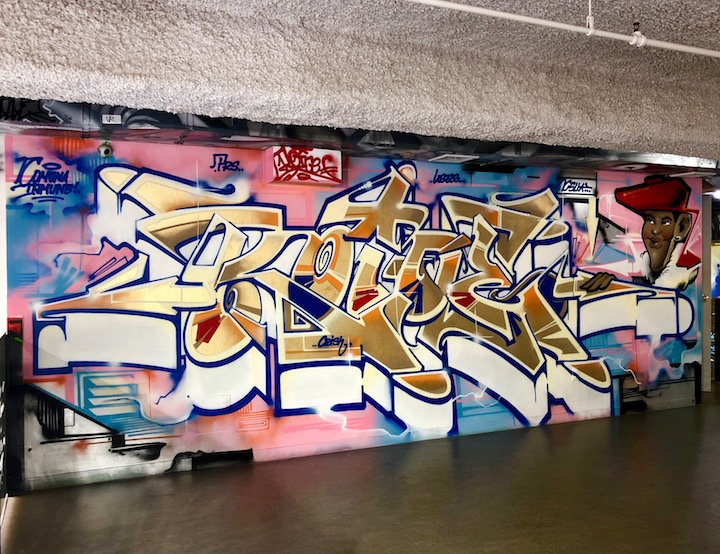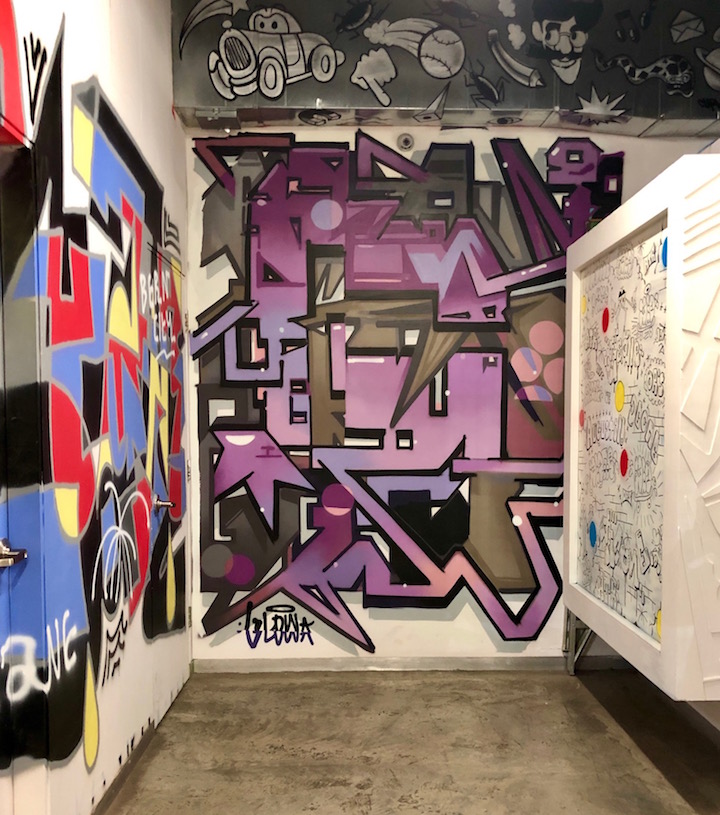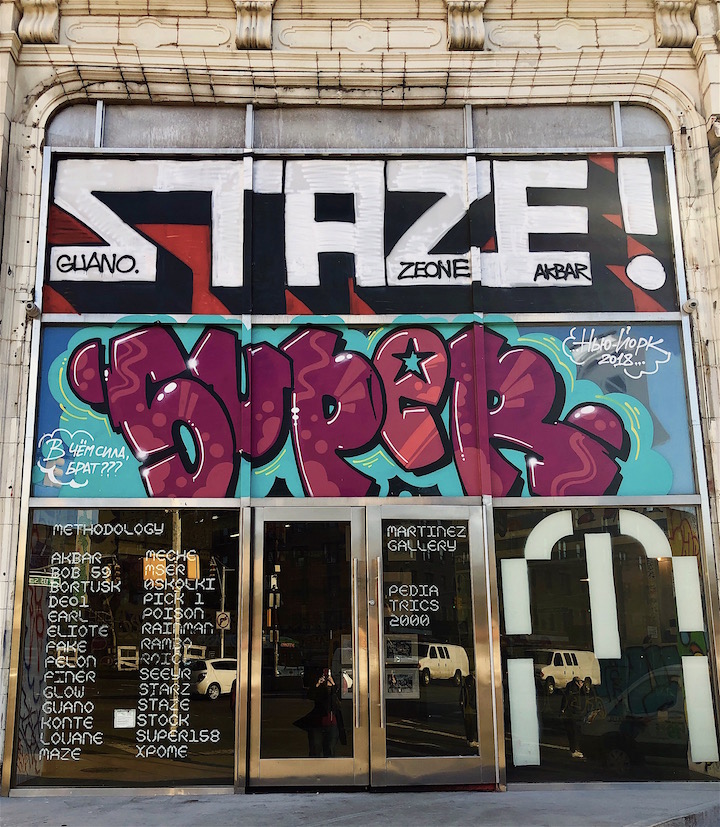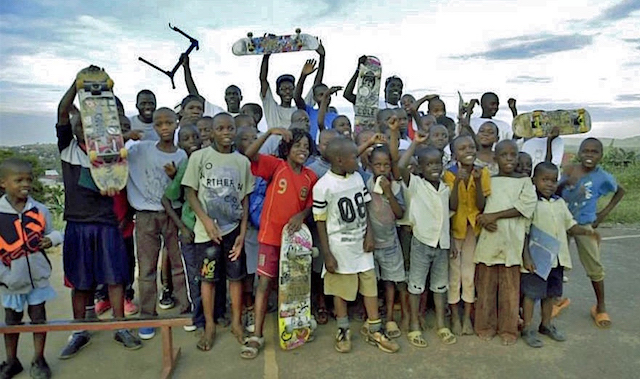
For the past several years, a huge array of first-rate street artists and graffiti writers have designed dozens of stylish skatedesks to raise funds for Learn and Skate. But just what is Learn and Skate? What is its mission? And what are its goals for 2019? Jean Claude Geraud, its principal founder, has some answers:
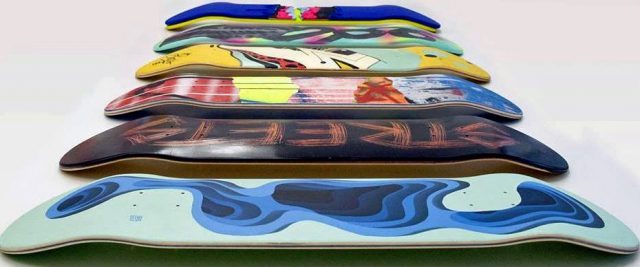
Just what is Skate and Learn?
It is a skateboard association that I created back in 2012 with the help of Richard Schenten. Passionate skaters ourselves, one day we came upon a video featuring skaters practicing skateboarding in Africa’s Ugandan countryside. We were struck at once by its bad state and its obvious lack of materials. We wanted to do something!
What was your goal at the time?
Our initial goal was to develop the practice of skateboarding in disadvantaged places throughout the globe. We wanted to provide opportunities for young people who are curious about the sport to develop their skills. It soon became obvious to us that their passion for skateboarding — and the discipline that it demands — evolved into a passion for living a meaningful, productive life. And so our initial mission evolved!
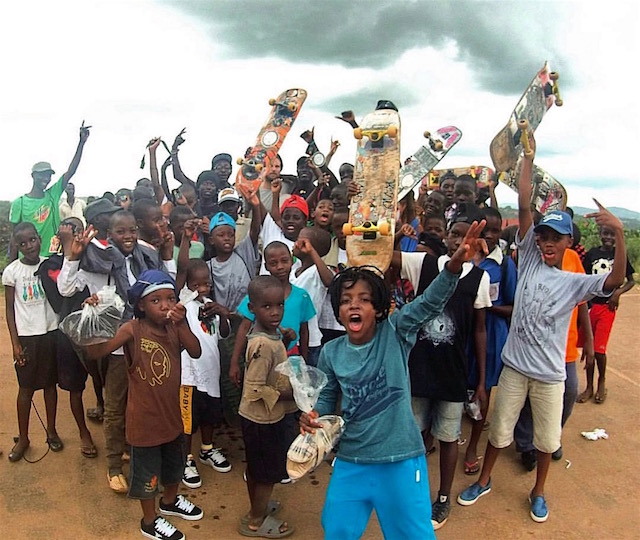
How would you define your present goals?
We would like to be able to provide new and used skateboarding materials — such as boards, wheels, screws and shoes — to children who need them. We would also like to provide them with skating lessons. We are engaged in raising funds for the construction of skateparks, schools and additional classrooms — where needed. And we want to send school materials — such as books, pens, notebooks — to needy schools every trimester.
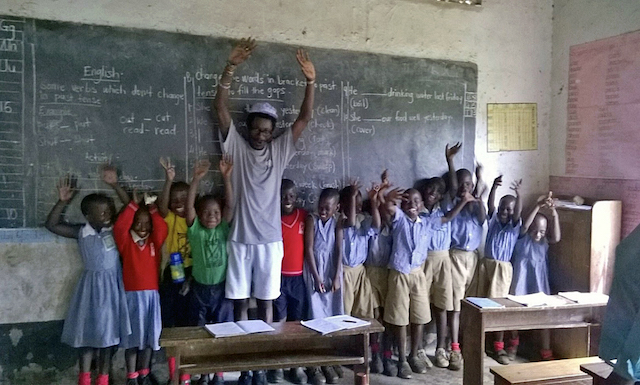
How do you go about engaging the communities — parents, teachers, the public, in general? I imagine that is essential to accomplishing your mission.
Yes. Key to our mission is the notion of sharing, and that involves an ongoing dialog with the community. To involve generations beyond those interested in skateboarding, painting workshops are organized to start the dialogue with young and old.
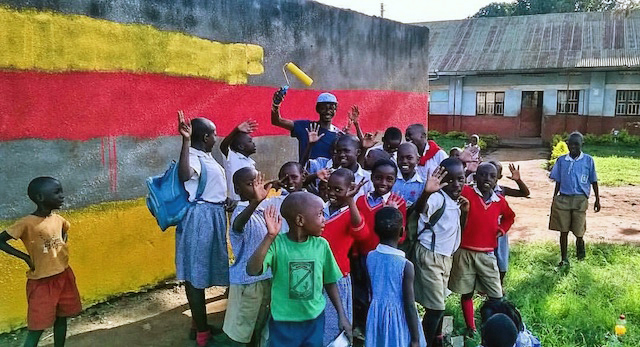
How do you raise money to support your projects?
Since 2014, the association has been producing skateboard exhibitions every year. The skate boards — customized by urban artists recognized throughout the world — are auctioned on the Paddle8 platform, and all the income they generate are used to create our projects. We’ve exhibited in: Toulouse at Agama Gallery; Paris at the Quartier General; Madrid at the Swinton Gallery and at the Urvanity Art Fair; Zurich at the Kolly Gallery; NYC at The Made Hotel; Denver at Crush Walls and last month at Miami Art Basel.
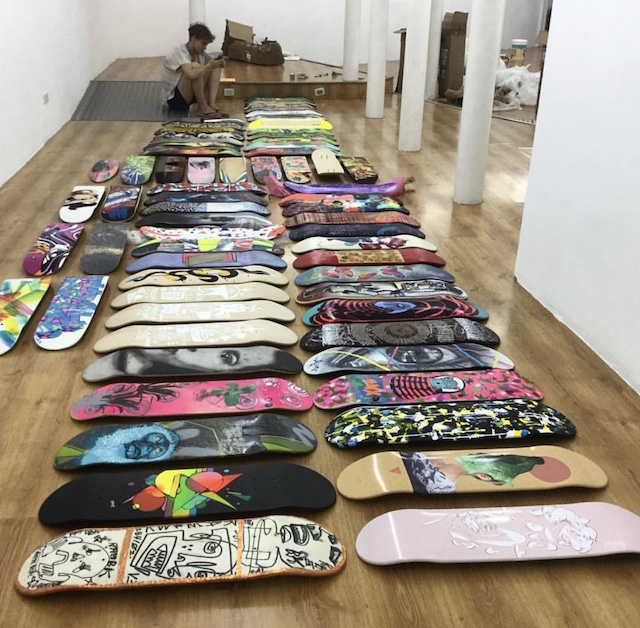
Among your many remarkable accomplishments was the establishment of a skate park in Uganda. What’s ahead? What is your principal goal for 2019?
Our main goal to build a skate park in Ulaanbaatar, the capital of Mongolia, by September of this year. We are also considering constructing school classes, where necessary, in close collaboration with local authorities. And we are working to connect with new donors, patrons, and foundations cause to ensure the sustainability of the project and have the chance to extend it on a global scale.
Good luck with it all! StreetArtNYC is delighted to partner with you in realizing your current project.
Note: You can help support Learn and Skate by purchasing its products here or making a donation by contacting roulepetitougandais@hotmail.fr
All images courtesy Jean Claude Geraud
